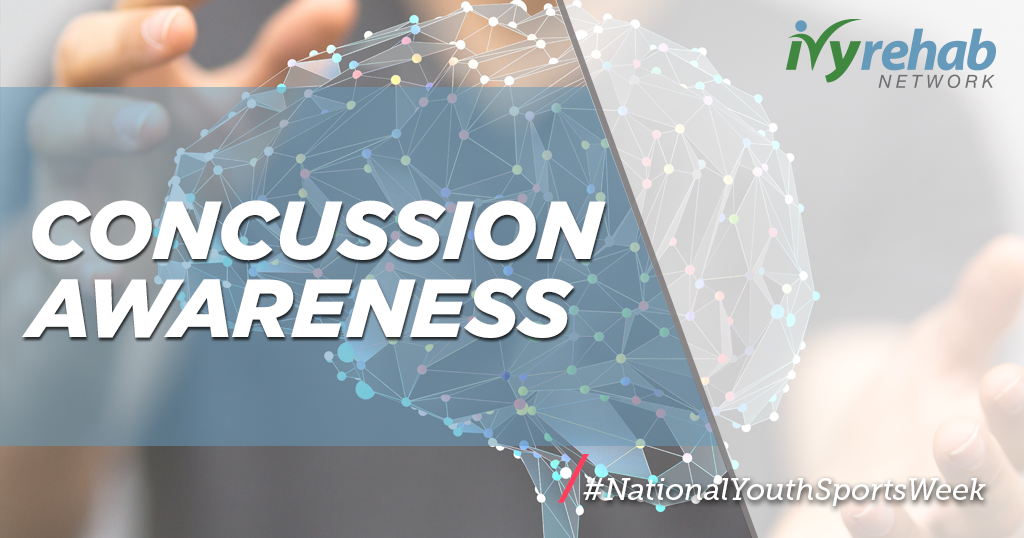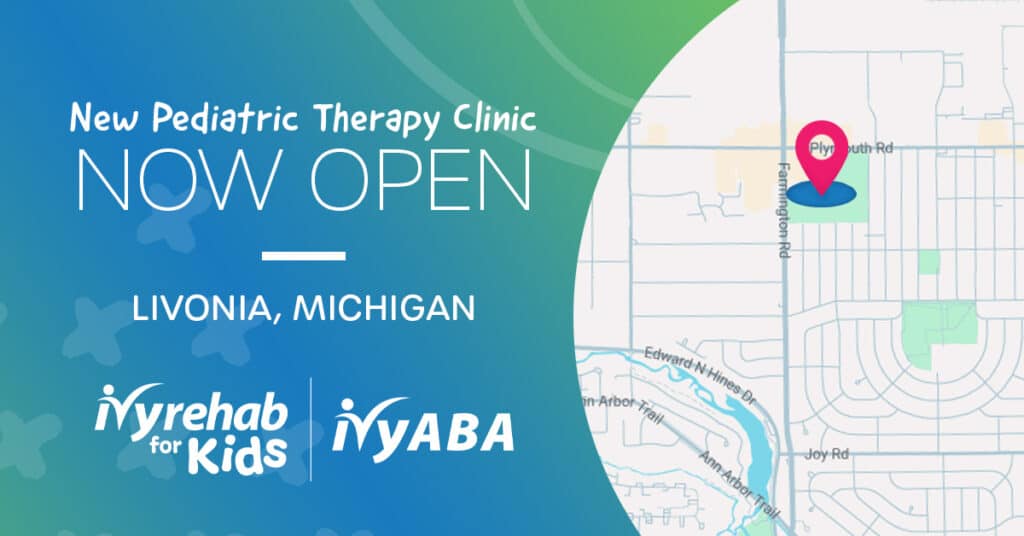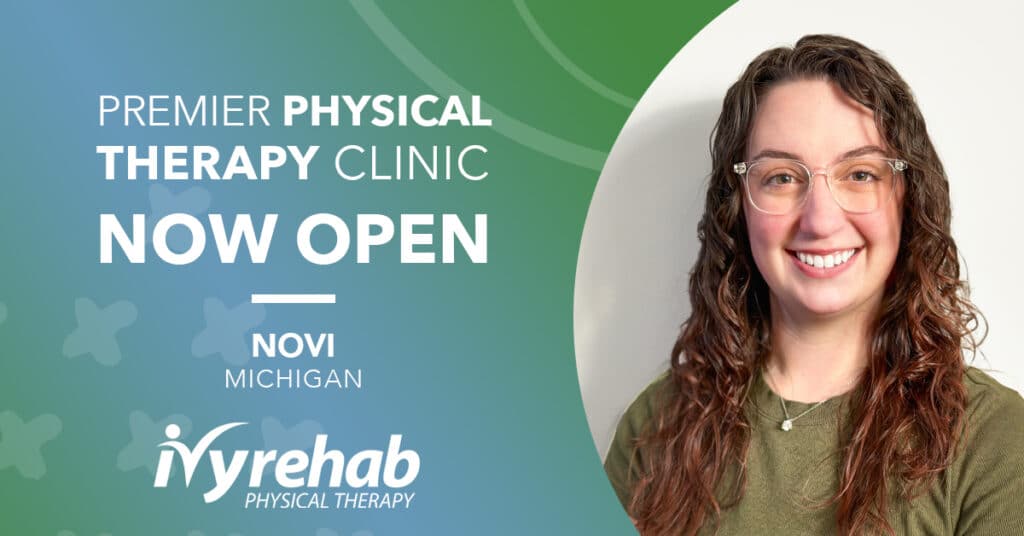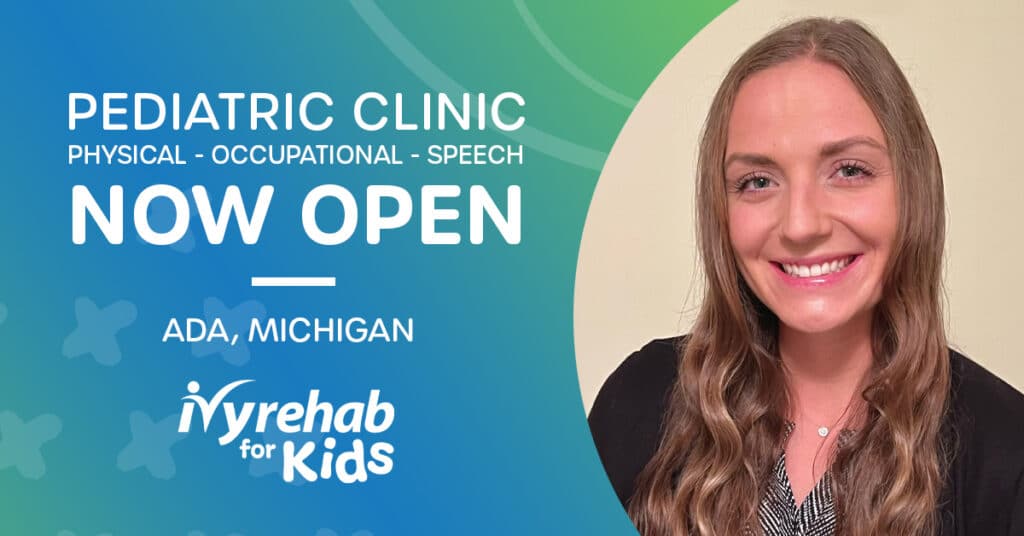Concussion awareness first step in curbing repeated sports-related concussions among young athletes. It’s every sports parent’s worry: Watching your child take a hard fall and hit the ground, hoping not to see their head make contact with another player or the unforgiving court or field.
Dizziness. Headaches. Confusion.
Most concussion symptoms go unseen unless an athlete speaks up, or a parent or coach takes notice. But the consequences of untreated and repeated head injuries can be devastating for athletes of all ages and skill levels. After decades of players suffering in silence or being told to shake it off and get back in the game, the prevalence and severity of concussions among young athletes are finally garnering the attention it deserves. Brain health matters, as it regulates nearly every function in the mind and body. In addition, the rise of summer leagues, travel teams and increased competition in high school push young athletes to practice, play and perform year-round. Their developing bodies and brains undergo more rigorous conditioning and contact at much younger ages. This increases the risk of contact and sports-related head injuries.
Research is Raising Awareness
Professional football players, healthcare professionals, even Hollywood continues to raise awareness of this growing issue. Dr. Rosemarie S. Moser, a neuropsychologist and concussion researcher in New Jersey, recently wrote a book on the topic, “Ahead of the Game”. Moser also serves as director of RSM Psychology Center and the Sports Concussion Center of New Jersey.
Dr. Moser’s work is focused on cognitive testing, post-concussion treatment, and preventative medicine. She refers to it as “brain hygiene”, helping protect the brain before an injury occurs. Youth are often the most vulnerable because they don’t recognize they have experienced a concussion.
Concussions by the Numbers
According to the National Safety Council, every three minutes a child in the U.S. is treated for a sports-related concussion. And it’s not predominantly boys or high-contact sports like football that are the only cause for concern. Other studies have found girls suffer a higher percentage of concussions in sports in which both girls and boys participate, including basketball and soccer.
Other research shows higher incidents of sports-related concussions in high school athletes, but it’s also a growing issue among elementary-aged players. Additionally, concussions are more likely to happen during games, not practices, and most don’t result in loss of consciousness. Anything that might bounce the head around can cause a concussion. Helmets and mouth guards may buffer the blow but cannot prevent concussion.
“Concussions are a hard one because they can’t be seen,” says Becky Turpin, National Safety Council director of home and community safety. “Parents and coaches and children all need to be aware of concussions and the seriousness of head injuries.”
Protect The Brain offers many stats about the prevalence of concussions, especially among high school athletes. Football ranks highest for males and soccer for females. Boys’ ice hockey, lacrosse, soccer and wrestling, and girls’ lacrosse and cheerleading also make the list. Among children ages 5-18, the five leading sports or recreational activities attributed to concussions are bicycling, football, basketball, playground activities, and soccer.
Signs of Concussion
Protect the Brain explains a concussion is a mild traumatic brain injury, “caused by a bump, blow, or jolt to either the head or the body that causes the brain to move rapidly inside the skull.”
It’s important for parents, coaches and young athletes to know the warning signs:
- Headache or a feeling of head pressure
- Confusion, forgetfulness or fogginess
- Poor balance, dizziness, and disorientation
- Glassy eyes, seeing “stars” and slurred speech
- Ringing in the ears
- Nausea, vomiting, and lethargy
- Difficulty remembering and comprehending questions
- Behavioral or emotional changes
Seek emergency medical attention for any athlete who experiences a head injury and:
- Continues to vomit or has seizures
- Loses consciousness
- Reports a persistent or worsening headache
- Exhibits a loss of coordination, clumsiness
- Acts confused, disoriented or cannot recognize people or places
Some people experience delayed symptoms in the hours, days and weeks after an injury that ranges from concentration and memory problems to irritability, depression and sleep disturbances. Other things to pay attention to our sensitivity to light and noise and changes in taste and smell.
The Advocates: Parents and Coaches
Beyond players reporting symptoms, coaches and parents need to monitor young athletes if they have taken a hard hit or fall and follow the school’s or league’s concussion protocol. The CDC’s HEADS UP campaign also focuses on educating coaches, parents and school and healthcare professionals on brain injuries, sports concussion laws, and prevention.
Parents are often their child’s own best advocate and should watch for symptoms that may not appear for hours, or days, after an injury. Delayed symptoms are typical in children and adolescents and may present in a variety of ways.
They should take complaints seriously, note any changes in behavior, and be vigilant. Players should be pulled from the game, and not return to play until they are evaluated by a medical professional. Preferably, the child should be seen by someone trained in diagnosing and treating concussions.
If signs or symptoms persist, the athlete should undergo a neuropsychological examination. It can measure brain functioning in ways that a neurological exam, MRI, and CT scan cannot.
Recovery and Return to Play
Most youth athletes who experience a concussion recover within a couple of weeks with appropriate rest. That includes allowing both the brain and body to rest by avoiding rigorous physical activity and sports. Even limiting things that require thinking and mental concentration are important. Taking a break from video games, schoolwork and electronics is part of a good treatment plan.
Based on both clinical experience and research, SCCNJ outlines Return-to-Play Decisions and recommends youth athletes not return to contact sports for three weeks after all symptoms have subsided. Moser advocates more cautious, conservative care and follow-up treatment. That’s because symptoms can last for months and cause short- and long-term problems affecting cognitive functioning, behavior, and academic performance. Experts agree resuming sports too soon increases the risk of a second concussion and the rare but serious Second Impact Syndrome.
Summertime is Helmet Time, too
During the carefree days of summer, Turpin notes it’s important to remember the sports field isn’t the only place where children and teens can sustain a head injury. Recreational sports and or any activity on wheels increases the risk for injuries: Think playground falls, bicycle and skateboarding accidents, or wiping out on water skis or jet ski.
Children on bicycles, rollerblades, skateboards, and scooters should all wear helmets regardless of age, and it never hurts for parents to err on the side of caution, and model good behavior, by wearing one too. Parents can tell their kids that even rapper and music mogul Jay-Z was recently spotting wearing a helmet on a jet ski, reminding us all of the importance of taking good care of the most complex organ in the body.
We’re Here to Help
Reach out to us to find out more about Ivy Rehab Network’s comprehensive Concussion Management Program. It’s important to have a medical evaluation as soon as possible if you suspect that your child has received a concussion. With Direct Access, you can receive the care you need right away without a prescription by professionals who are trained to treat concussions.






